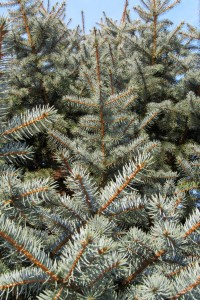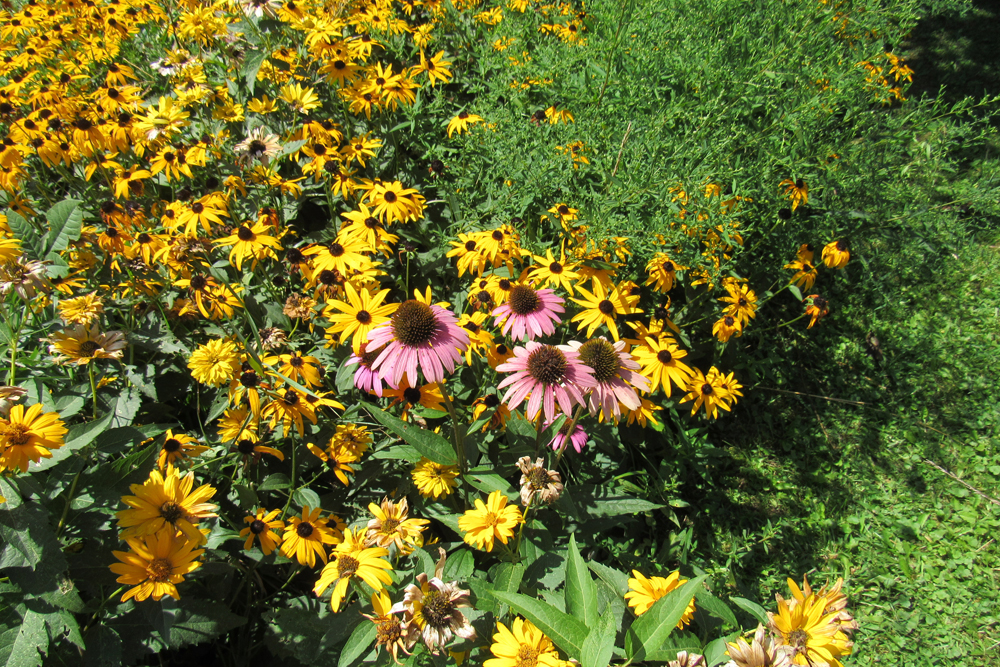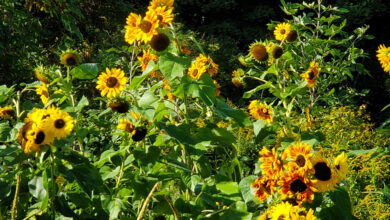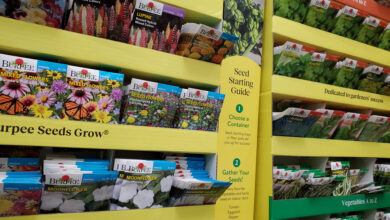Fresh Christmas trees grown locally as sustainable crops

When we first moved into our new home, I wanted to plant a small grove of evergreens that we could harvest for Christmas trees. If we had followed-through seventeen years ago, we would be harvesting from our own property right now. We still haven’t planted those trees, but we do head out to a local tree farm each December to cut our own fresh tree.
Selecting or cutting your own fresh Christmas tree is an annual holiday tradition for many families. Even with the abundance and popularity of artificial trees, many people still prefer bringing a fresh tree into their homes for the holiday season.
The University of Illinois Extension website proved to be a great source of information about selecting and caring for fresh cut Christmas trees. Fresh cut trees which are properly cared for can last as long as five weeks before drying out.
Today, most real Christmas trees are grown on farms as sustainable crops, just like corn and beans. Growers typically plant one to three seedlings for every tree harvested. It takes six to ten years for growers to get a tree that is ready for harvest. New York is one of the top Christmas tree producing states and some of the most popular varieties are Scotch pine, Douglas fir, noble fire, Fraser fir, balsam fir, Virginia pine and white pine.
Balsam fir is my family’s favorite. The needles are long lasting and rounded at the tip. They are dark green in color with a silvery cast. Balsam firs are fragrant and named for the balsam or resin found in blisters on the bark.
Douglas fir also have good fragrance and needles that have blue to dark green color. Doug firs have a nice conical shape and can live for an amazing one thousand years in nature.
Fraser fir have dark green, flattened needles and good needle retention. The branches are strong and turn upward giving the tree a pyramid shape.
I am a big fan of concolor or white fir. There are four young concolors in my yard (for landscaping, not cutting!) and we have chosen concolors for Christmas trees in years past. The blue-green needles have a citrus scent, and concolors have excellent needle retention. In nature, concolors can live 350 years.
In the pine category, Austrian pine has 4-6-inch long green needles, which it retains well with a moderate fragrance.
Scotch pine is a common Christmas tree. It features one-inch long, dark needles, which hold for four weeks and stay on even when the tree is dry. The branches are stiff and the tree has an open appearance, meaning more room for ornaments. Scotch pine keeps its aroma well.
White pine has soft, blue-green needles which are 2-5 inches long and are retained throughout the holiday season. White pine has little or no fragrance, but has less allergic reactions than more fragrant trees.
Blue spruce has green to powdery-blue, very stiff (and sharp) needles. The tree is symmetrical and is best among the spruce varieties for needle retention; however, needles will drop in a warm room. Branches are stiff and hold heavy ornaments well.
Norway spruce has shiny dark green needles, but without proper care, needle retention is poor. Norway spruce features a strong fragrance and a nice conical shape.
White spruce has green to bluish-green short, stiff needles and good needle retention.
After you’ve found the perfect tree, keep it fresh by storing it out of the wind and freezing temperatures if you are not setting it up right away. Make a fresh, one-inch cut in the butt end and place in a bucket of warm water.
When you take it inside, make another fresh cut and place in a sturdy stand that holds at least one gallon of water. Keep the water level up around the base of the tree. If the base dries out, resin will form over the cut end and the tree will not be able to absorb water.





